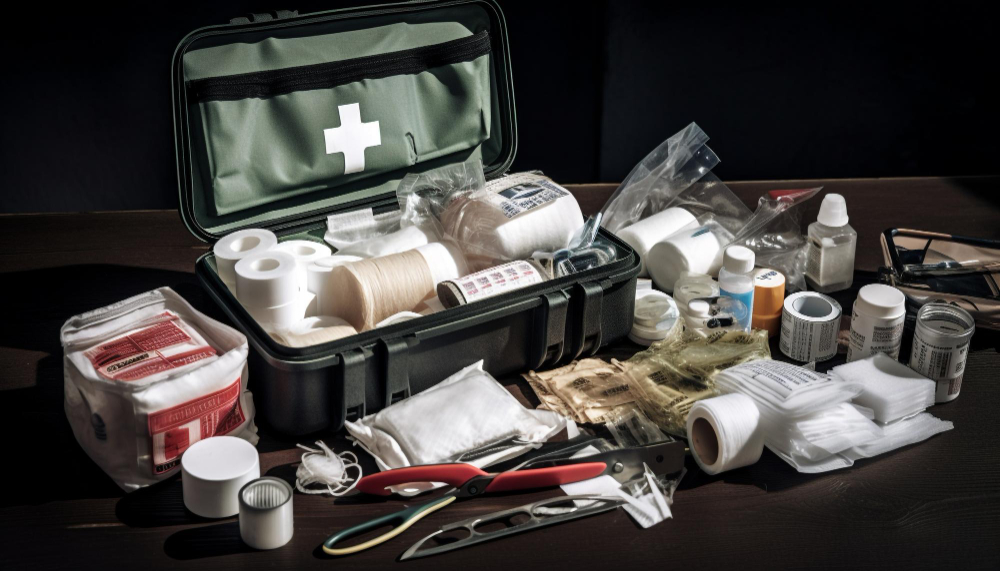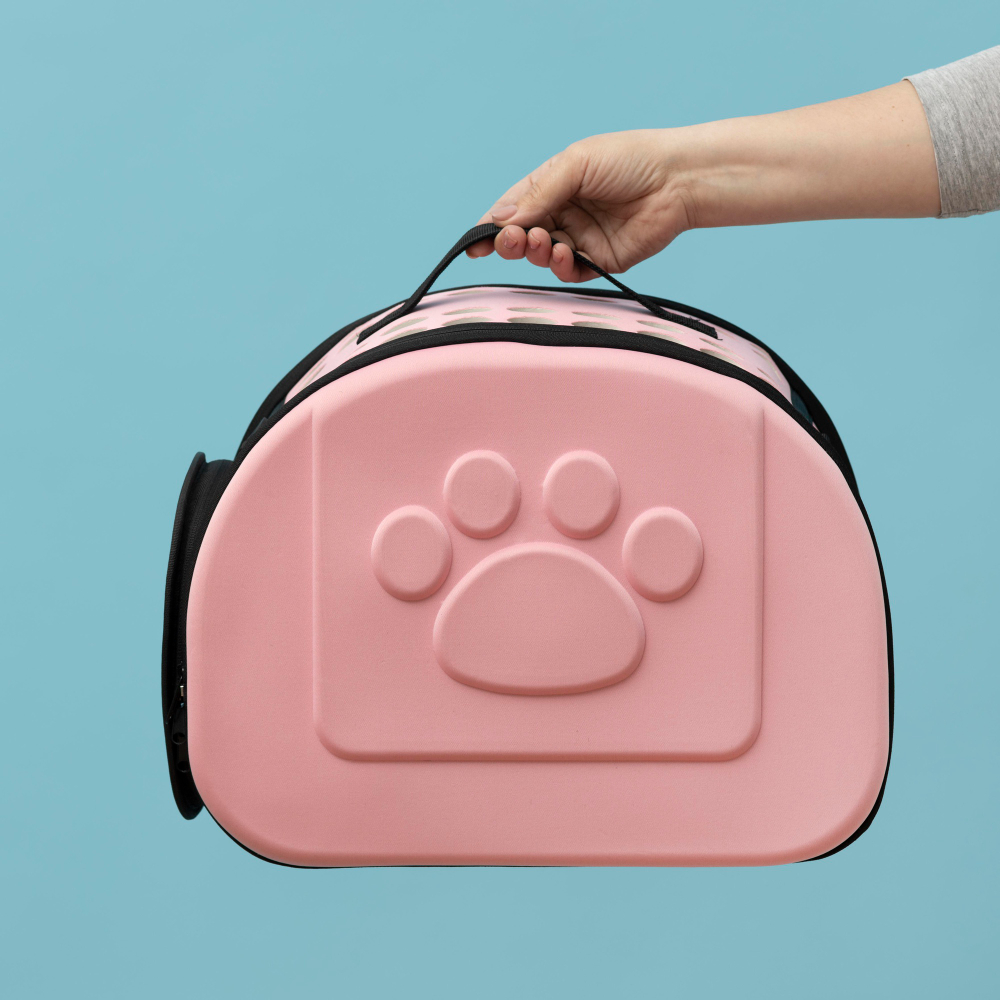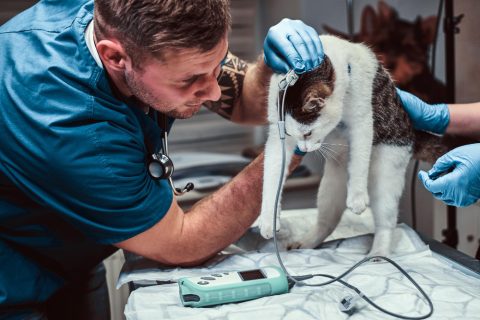Emergencies strike when you least expect them—and when they do, your pet’s safety should be just as much a priority as your own. Whether it’s a wildfire in California, a flood in New York, or a blizzard in Colorado, being prepared could make all the difference. A thoughtfully assembled pet emergency kit ensures your furry friend has everything they need to weather the storm right alongside you.
At home, at a pet-friendly hotel in San Diego, or at an emergency clinic in Chicago, you’ll thank yourself later for planning ahead.
Contents
Why Every Pet Owner Needs an Emergency Kit
You wouldn’t face a disaster without a go-bag for yourself, so why leave your pet unprepared? Pets rely on us completely, and in times of crisis, they may be even more vulnerable to injury, illness, or separation. An emergency kit keeps their essential supplies in one place so you can act quickly when seconds count.
Plus, if you live in high-risk areas like Colorado or Oregon, where wildfires and earthquakes aren’t just movie plots, a pet emergency kit isn’t just smart—it’s necessary. Many pet insurance providers such as USAA Pet Insurance or Wishbone Pet Insurance even recommend maintaining one for smoother claims and treatment access.
The Core Supplies: Food, Water & Medicine
Disasters don’t come with grocery lists or pharmacy passes, so keep these basics stocked:
🥛 Food and Water
- Ten to fourteen days worth of pet food, stored in airtight, waterproof containers (hello, Farm to Pet fans).
- The same amount of fresh water, specifically allocated for your pet—not shared with human supplies.
- Non-spill bowls and a manual can opener if you use wet food.
💊 Medications and Preventatives
- A 2-week supply of all prescription meds.
- A 1-month supply of flea, tick, and heartworm preventatives (Pet First Insurance may even require this in emergencies).
- A clearly labeled dosage chart and schedule.
- Ask your vet or local pet wellness center which meds are essential for your breed or pet’s health condition.
💡Tip: If you’re traveling or relocating during an emergency, apps like Pet Desk or United Pet Care can help you manage prescriptions remotely.
Essential Identification and Documentation
Losing your pet during a disaster is every owner’s worst nightmare. Documentation can help speed up reunification and even gain access to shelters or hotels:
- Copies of vaccination records, medical history, and prescriptions.
- A current rabies certificate and microchip information (check services like Home Again Pet Recovery).
- Proof of ownership: adoption records, pet registration, and clear photos showing you with your pet.
- A waterproof sleeve or folder (store it near your Pet Insurance MN or CT documents for quick access).
These documents may be needed at boarding locations like Happy Tails Pet Resort or All American Pet Resort, or when seeking treatment at facilities like Massapequa Pet Vet or Great Lakes Pet Emergency.
First Aid Kit: Tailored for Paws and Whiskers
No, your dog doesn’t need aspirin—but they might need gauze. Build a first aid kit just for them, and refresh it every few months.
Here’s a checklist worth printing:
- Gauze rolls and tape
- Blunt-tip scissors
- Antibiotic ointment
- Saline solution
- Latex gloves
- Flea/tick spray or chewables (like Chewy Pet Meds)
- Emergency contact list for your vet and a backup emergency pet clinic
Add a first aid guide specifically written for pets—ask your vet or visit ASPCA Pet Insurance for recommendations.










